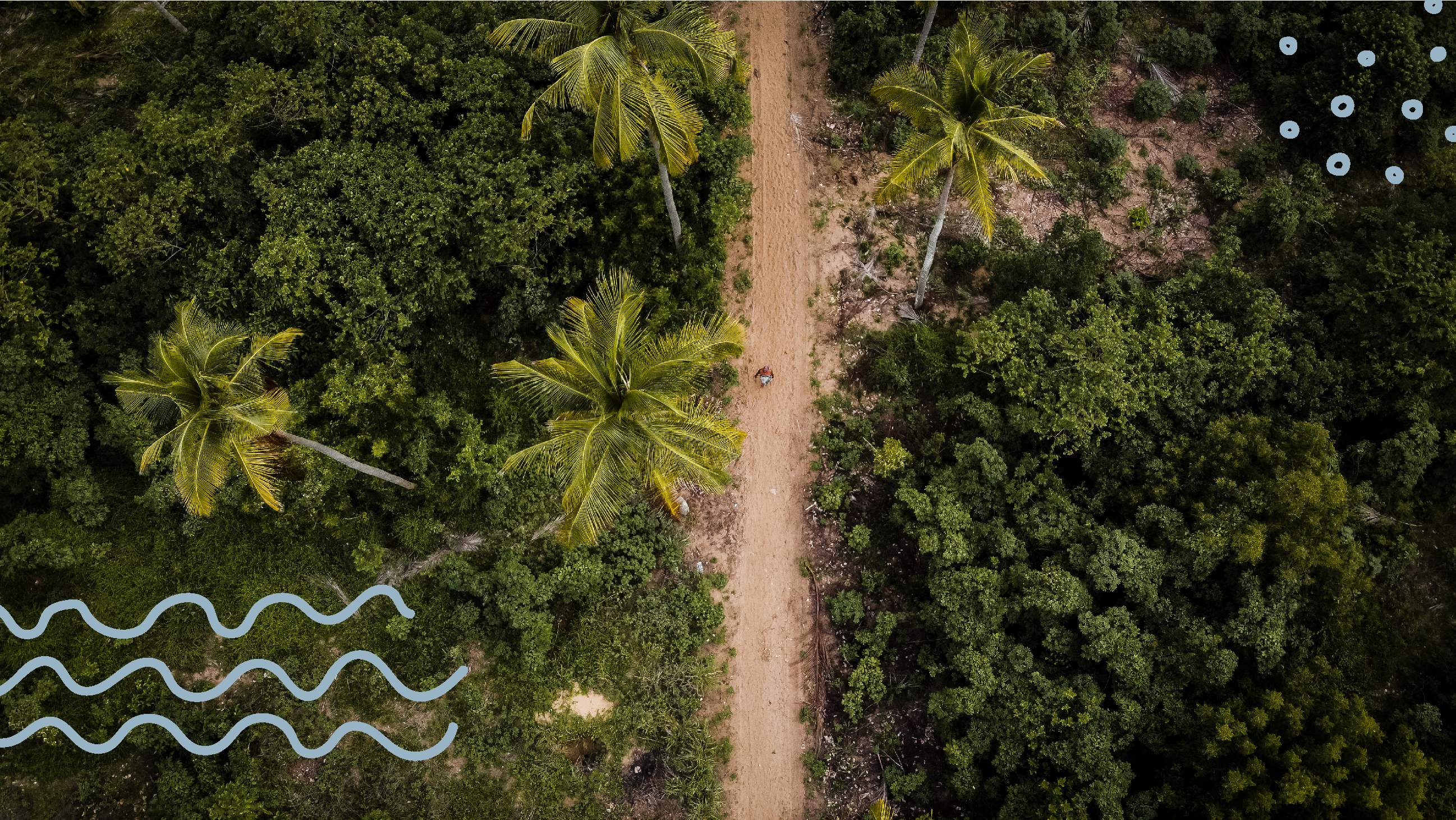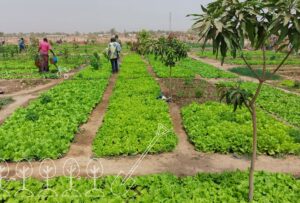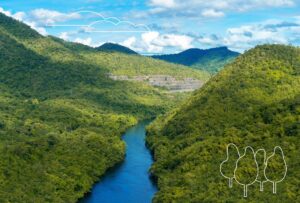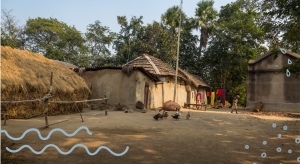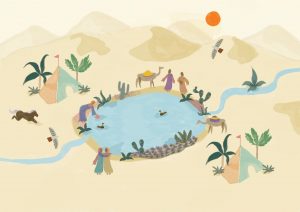More trees can boost groundwater recharge
Global water issues in your inbox
Stay up to date on SIWI's work and related topics from around the world.
Sign up to our newsletter“It will be possible to manage landscapes more wisely to protect both soils and groundwater recharge”
The article was a game changer since the results indicated that many waterscarce tropical regions could, in fact, benefit from having more trees. Research carried out in Burkina Faso shows that when a certain number of trees are present, the amount of groundwater recharge is maximized. Trees turned out to be crucial for maintaining the large pores that characterize the soil in the area and which lead water into the ground. If there were no trees, the water would just run off or evaporate. But if the trees were too many, the water they consume would override the benefits they bring to soil improvement. “It is important to recognize that this issue is very complex. We are now continuing studies to understand different types of conditions – for example, the impact of different kinds of soils, trees, and climate management systems. With that knowledge, it will be possible to manage landscapes more wisely to protect both soils and groundwater recharge,” Ulrik Ilstedt says.
The new findings do not mean that the old way of looking at the relationship between trees and groundwater is necessarily wrong, only that it is not relevant everywhere. So far, most tree-water research has been carried out in northern, temperate regions where conditions are very different to the arid tropics. It is also more common to study forests than trees that are scattered in a landscape, which for example is the case when agroforestry is practiced. The “optimal tree cover theory”, suggested by Ulrik Ilstedt and others, argues that in tropical drylands there is an ideal level of tree coverage in the landscape that maximizes groundwater recharge. If that optimal tree-cover can be identified in specific contexts, and improved through better management, this could mean an important breakthrough in sustainable landscape management, according to Ulrik Ilstedt: “Better landscape management can be life-changing for hundreds of millions of people in water scarce areas. With improved access to water, women and children especially will lead healthier lives and have more time to earn money or get an education. And people everywhere can then enjoy the many benefits of trees,” he says.
This article originally appeared in Waterfront in 2020. Read full issue
The 2022 theme for World Water Day, set by UN Water, is Groundwater.
Get to know Groundwater
Groundwater has been out of sight and out of mind for too long. When we protect groundwater we save lives and ecosystems, improve health, reduce hunger and tackle climate change all at once.
Learn more
